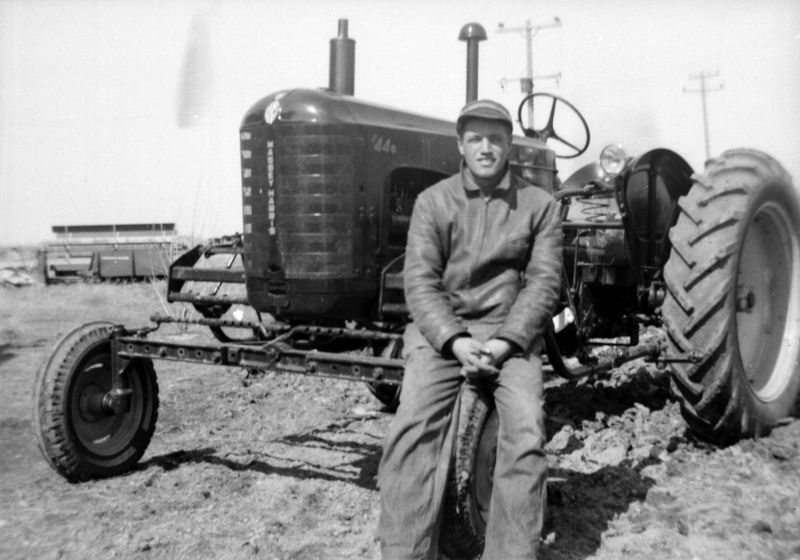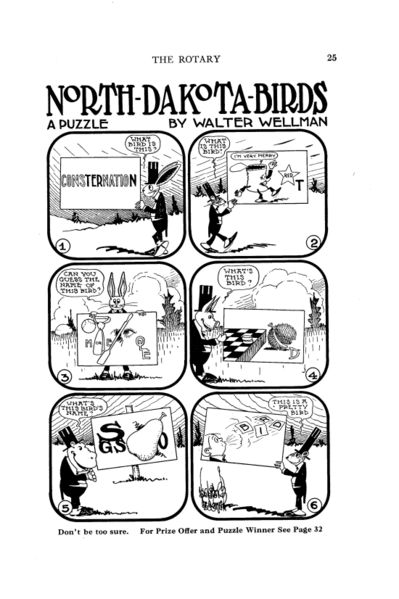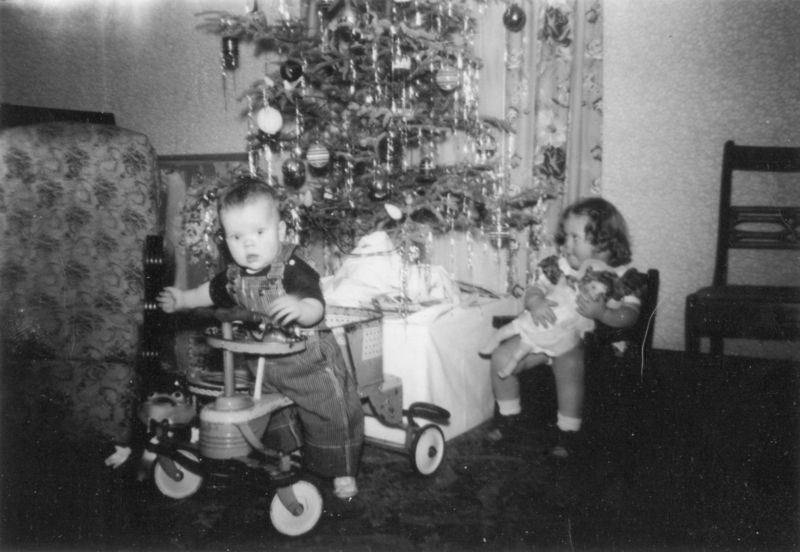
Portraits from Persia, early 1900s, around 1910. The images are somewhat related to an entry in The Book of History describing Persia (also called Iran in the article) up until the exile of the Shah and the division of their land between England and Russia. The article ends with the ominous claim that the treaty resulted in the end of an independent nation of Persia. Iran, however, grew from the remains; however, their more rural and less progressive residents have not changed much from these pictures a century ago. The article does not explain what the ‘political prisoners’ were in chains for, although it vaguely hints at ‘reformers’ who were instrumental in deposing of the Shah.








